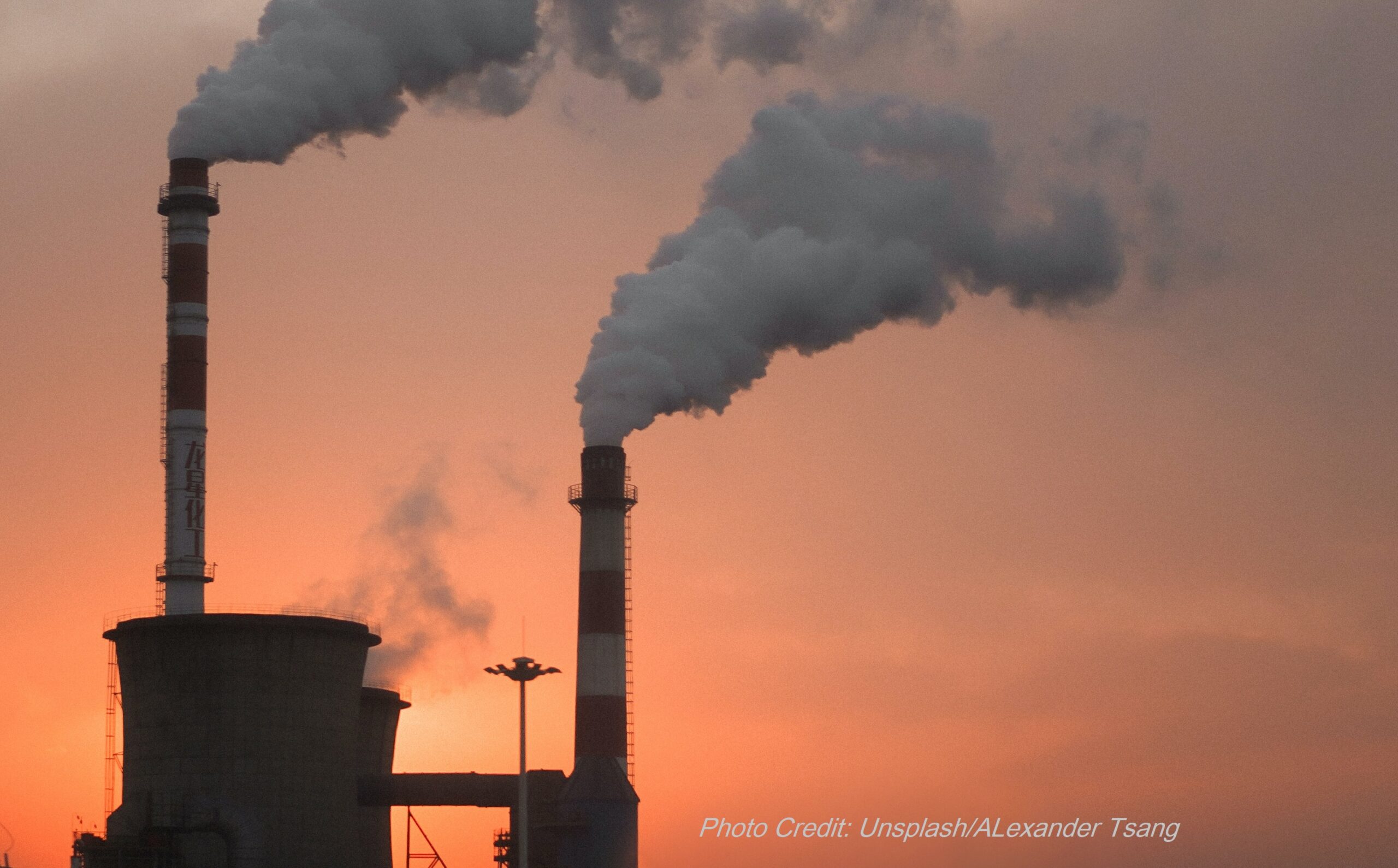The New York Times reports on a study of ozone, fine particulates (PM2.5) and heat, and pregnancy and birth outcomes. The study was published June 18 in JAMA Network Open.
The study finds that when pregnant women are exposed to ozone, PM2.5, or heat, they have a higher risk of preterm birth, having babies that are low birthweight, or having a stillbirth. African-American mothers and babies were at even greater risk than the overall population.
“We already know that these pregnancy outcomes are worse for black women. … It’s even more exacerbated by these exposures,” one of the study’s authors, Dr. Rupa Basu, told the New York Times. Dr. Basu is chief of the air and climate epidemiology section for the Office of Environmental Health Hazard Assessment in California.
The study published yesterday was an analysis of 57 studies that have been published since 2007, and included almost 32 million births.
As the climate crisis progresses, ozone, particulates, and heat will be even more of a problem than they were when the studies in the paper were conducted.
In an accompanying editorial, Dr. Linda Giudice from the Department of OB-GYN at the University of California San Franciso noted: “direct control over climate is often beyond the control of an individual, and thus advocacy for regulations to minimize these exposures is essential.”
It is time we quit worrying about silos (“health” “energy” “transportation”) and start acting. Our built environment is causing harm now. It will get worse as the climate crisis gets worse. We know plenty of things we can do: build the infrastructure for clean transportation (electric vehicles, electric busses, electric trucks), build the infrastructure for clean energy (solar and wind), provide subsidies for clean energy and transportation to communities of color and lower wealth communities to help remove the disparities of environmental racism. It’s time to act.
Read the New York Times report about the study.
Read the study in JAMA Network Open.
Read the accompanying editorial.
06/09/2020





